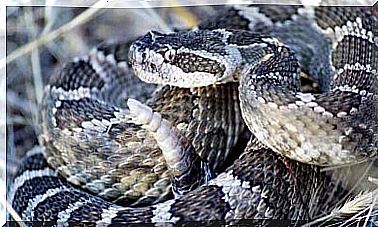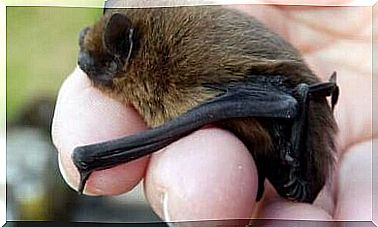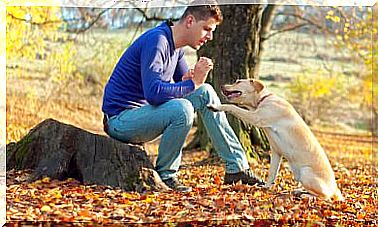The Cunning Wild Canids
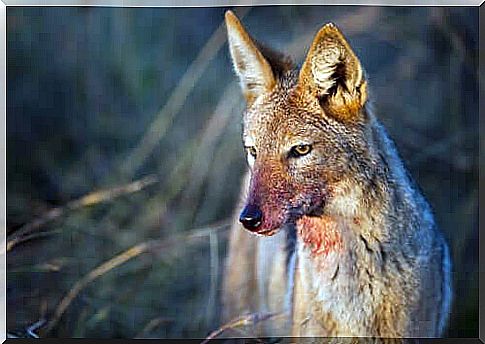
The canid family is made up of carnivorous animals of all types, colors and sizes. Generally speaking, all of its members are very similar to each other, even when we talk about wild canids. In fact, sometimes the difference between different breeds of dogs is greater than between the dog and the wolf, for example.
Some wild canid species appear to be more familiar than others, such as the wolf or fox. Others inhabit lands so far away that we may not know much about them. That’s why here we’ll show you some of the most curious wild canids in the animal kingdom.
Which wild canids are present on the European continent?
the wolf and the red fox
The Canis lupus live in the cold and temperate zones of the northern hemisphere and is the most numerous of wild canids. It can weigh up to 80 kilograms, and the width of its foot allows it to stomp steadily when running in the snow. In winter it hunts in flocks, but in other seasons it is solitary or, at most, it hunts in pairs.
The Vulpes vulpes is slightly smaller than other members of the Canidae family , including several breeds of domestic dogs. Its typical features include a thin muzzle and thick tail, as well as a characteristic reddish fur.
And outside Europe, which wild dogs can we find?
the coyote
Canis latrans are found throughout the American continent. In fact, it is considered one of the few animals that has expanded its habitat since the “conquest” of America by the Europeans. Although he sometimes gathers in packs, he is usually lonely.

He is less than two feet tall and extremely thin. So much so that it may appear malnourished at first sight, even though you are in good health.
The three species of jackal
Three medium-sized species of the genus Canis are called “jackals” . They are predatory and can be found in much of Africa and Asia, although it is true that there are also small populations in southeastern Europe. Like the wolf, it also hunts in groups, but at night.
the dingo
The Canis lupus dingo is the only placental mammal (ie not marsupial) in Australia and is nothing more than a wild dog species. He looks a lot like the domestic dog, except his ears are always erect. Also, instead of barking, he howls.
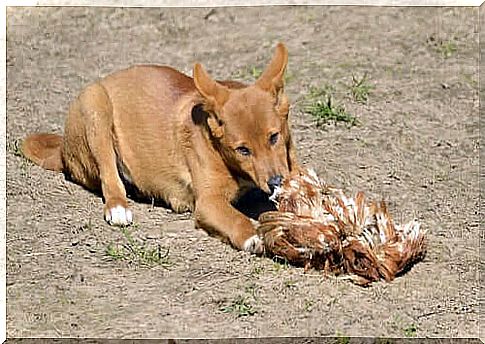
It is the terror of kangaroos and wallabees, but also of domestic cattle. He hunts at night and is bolder than the wolf in his forays into the farms, though he is always cautious.
the maned wolf
The Chrysocyon brachyurus is native to the regions of thickets and grasslands of South America. In fact, it is the largest of wild canids.
He is thin, slender and long-legged. Specifically, its hind legs are longer than its front legs, which makes it a little clumsy. Even so, it is said that on flat ground it is almost as fast as the cheetah.
Wild canids known, after all, as dogs.
African wild dog
It is more commonly known as wild boar ( Lycaon pictus ) and lives in the plains and mountains of South Africa. It forms packs of up to 50 individuals, which chase the victim for several hours until they are captured. While some harass their prey, others block their way, leaping fiercely at it.
Asian wild dog
Also known as the Asian Mound Fox ( Cuon alpinus), it is native to the Asian continent. Currently, it is in danger of extinction and its number is so small that it is practically not found in nature.
Similar in size to the jackal, it is a diurnal hunter that operates in groups of 20 individuals or more. Its hunting tactics are analogous to the one used by the dog.
Another wild dog: the raccoon dog
It can be said that the Nyctereutes procyonoides , which moves along the Northeast Asian rivers, it is literally an undercover dog raccoon. It has short legs and a thick tail, with a short and beautiful coat, in addition to the characteristic “mask” on the face.
Final note: the most mysterious wild canids in the Amazon
Atelocynus microtis or small-eared fox is one of the rarest of canids that exist, considered today a mystery of nature. That’s because he’s the size of a dog, the agility of a cat, and the native name of the fox.

